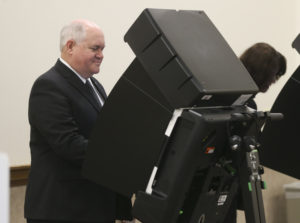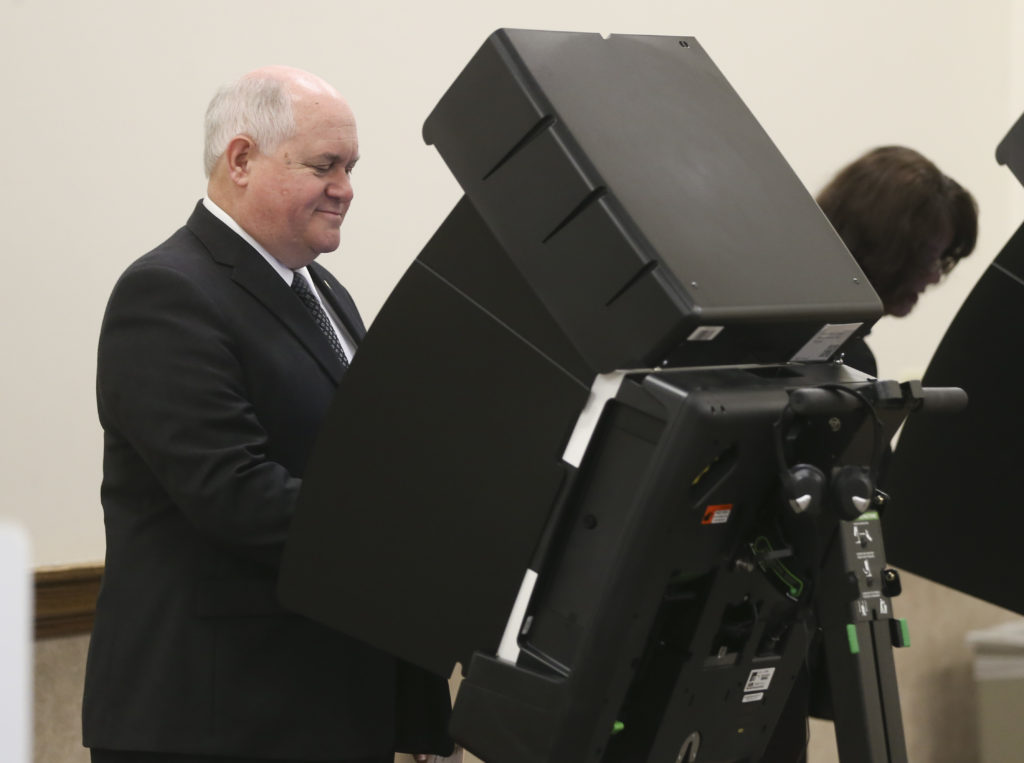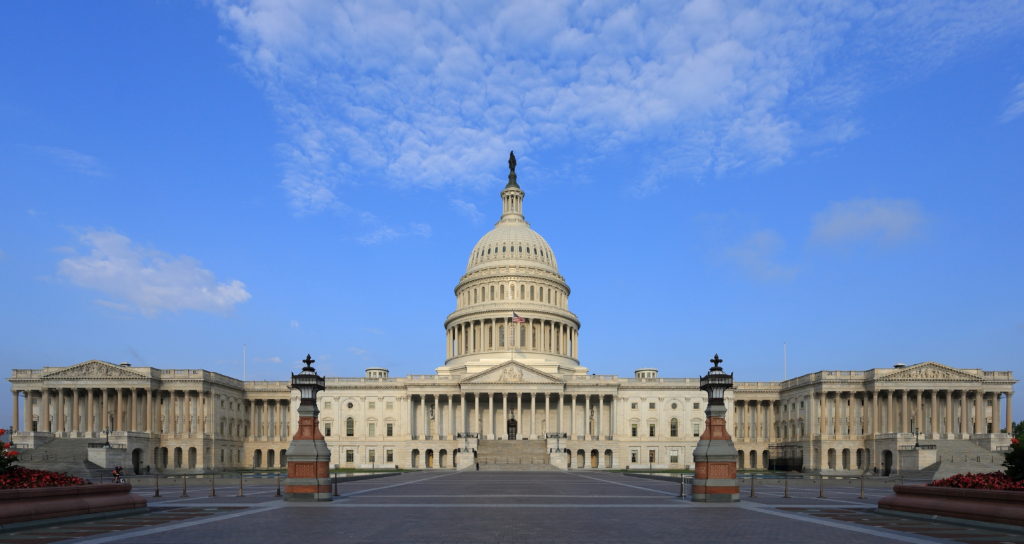Democrat and political newcomer Jon Ossoff failed to capture Georgia’s Sixth Congressional District in the first round. But Tuesday’s special election results may give Democrats across the country hopes of recapturing the House in 2018 and thwarting the second half of Donald Trump’s term as president.
Ossoff reached just above 48 percent of the vote; one vote above 50 percent would have earned him a seat right away. The contest now advances to a runoff election on June 20 between Ossoff and Republican Karen Handel, the next highest vote-getter who earned about 20 percent.
The seat is far from assured for either side, but the results, in conjunction with a Kansas special election from last week, show the start of a stark electoral trend in Democrats’ favor.
The Georgia election, and the one in Kansas before it, were held to replace two congressmen President Donald Trump appointed to positions in his administration. Georgia Congressman Tom Price is now secretary of health and human services while Kansas Congressman Mike Pompeo is the new director of the C.I.A.
Price was first elected to Congress in 2004, and ran uncontested to replace Johnny Isakson, who ran successfully for one of Georgia’s U.S. Senate seats that year. Since that time, Price has never been elected with less than 60 percent of the vote. In 2016, he won with more than a 23 percent margin.
Contrast that with Tuesday’s results: Handel and the 10 other Republicans in the race garnered 51 percent of the vote; Ossoff and the four other Democrats got 49 percent.
That’s a difference of 2 percent, a 21-point swing from the 2016 results from about five months ago.
In Kansas, Republican Ron Estes beat Democrat James Thompson by less than 7 percent on April 11. That represents a 25-point change from when Pompeo retained the seat by a margin of 32 points.

Ron Estes votes at Holy Cross Lutheran Church, Tuesday, April 11, 2017, in Wichita, Kan., probably for himself. (Jaime Green/The Wichita Eagle via AP)
In both cases, more than a 20 percent shift in the vote took place. In the 2016 elections, 70 Republican-held seats were decided by a margin of 20 percent or less. Giving even half of those to the Democrats would assure them the majority in 2018.
If they got all 70, the Democrats’ majority in the House would be 264 seats, higher than Republicans’ historic majority of 247 they captured following the 2014 elections, higher than Democrat’s recent high point of 257 in 2008.
Stranger things have happened. Here in deep blue Massachusetts, Scott Brown won a special election to Ted Kennedy’s Senate seat shortly before the 2010 elections in which Democrats received a “shellacking” as President Obama described it. Sixty-three seats switched from Democrat to Republican.
Only 24 seats would give Democrats the majority in 2018. If Ossof succeeds in the June runoff, only 23 would remain.
Make no mistake. Democrats will have to work hard for the kind of result the Republicans got in 2010, even with Trump’s daily policy missteps both foreign and domestic. They face obstacles such as gerrymandered districts, voter suppression and voter apathy, and the incumbents sitting in those seats are sure to put up a fight.
At the same time, these two recent special elections show that the wind is at the Democrats’ backs.







